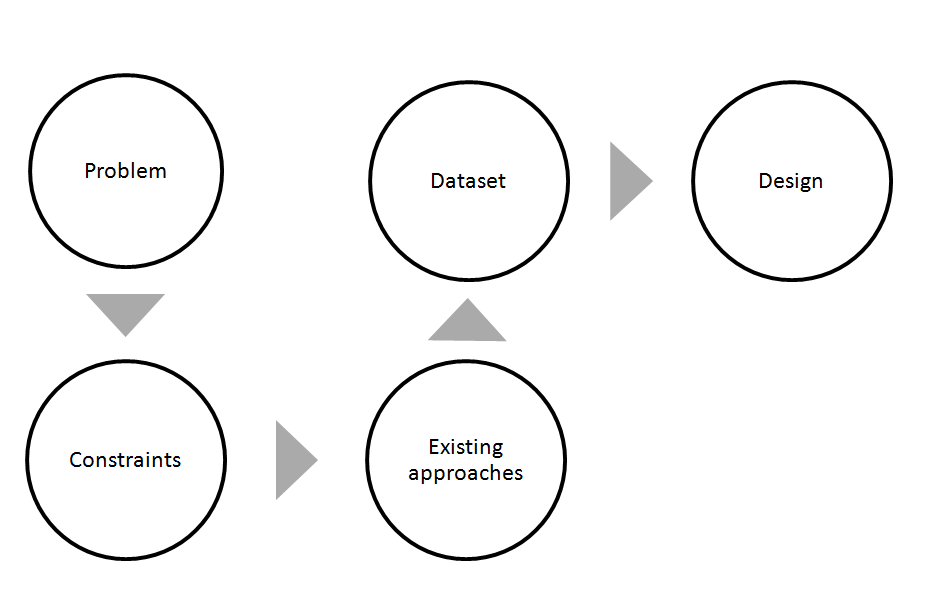When developing a mobile machine learning product, you typically go through several stages:
- Preparatory stage
- Prototype creation
- Porting to a mobile platform or deployment of the trained model
- Production
Depending on your situation, your route may be shorter or longer; but usually, if you have skipped some stage, it just means that someone else did it for you. In the following explanation, we are omitting all the steps that are common to all kinds of mobile app projects and focusing only on the steps specific to machine learning.




